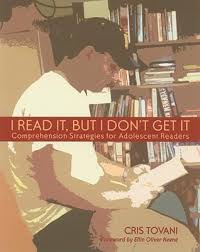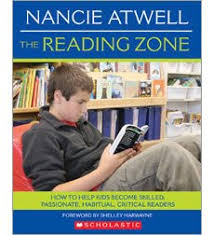|
Teaching English in inner city North Philadelphia has probably taught me more than any college classroom. In fact, sometimes I fear that I have learned more from my students than they have from me. As an undergraduate, I dreamed of sitting in a circle in my inner city school (it wasn’t haphazardly that I ended up in the inner city, it was my goal) introducing the students to Thoreau and Wordsworth, discussing their impact on literature and society and pondering with the students how they are still relevant today. I quickly learned that in order to get students to that hippie circle they would have to learn to read and then learn to enjoy reading. And it was not as hard as it sounds! But first I had to fail miserably, fight a bout of stress induced hives, consult my students and read a few books! I mostly relied on my students’ opinions, Cris Tovani’s I Read It but I Don’t Get It and The Reading Zone by Nancy Atwell. What I learned and what I profess.
First off, let’s look at how people learn according to the National . While I did not know this when I was teaching reading, looking back it is clear that what good readers already do fits into the framework on how people learn: People learn by participating in 3 activities:
This is what good readers do. You must teach this skills to students. Give them guided practice and then individual practice for each skill. And talk about each of the experiences; metacognition is a huge part of the learning process.
0 Comments
Leave a Reply. |
AuthorSKate Jaworski ArchivesCategories
All
|


 RSS Feed
RSS Feed
